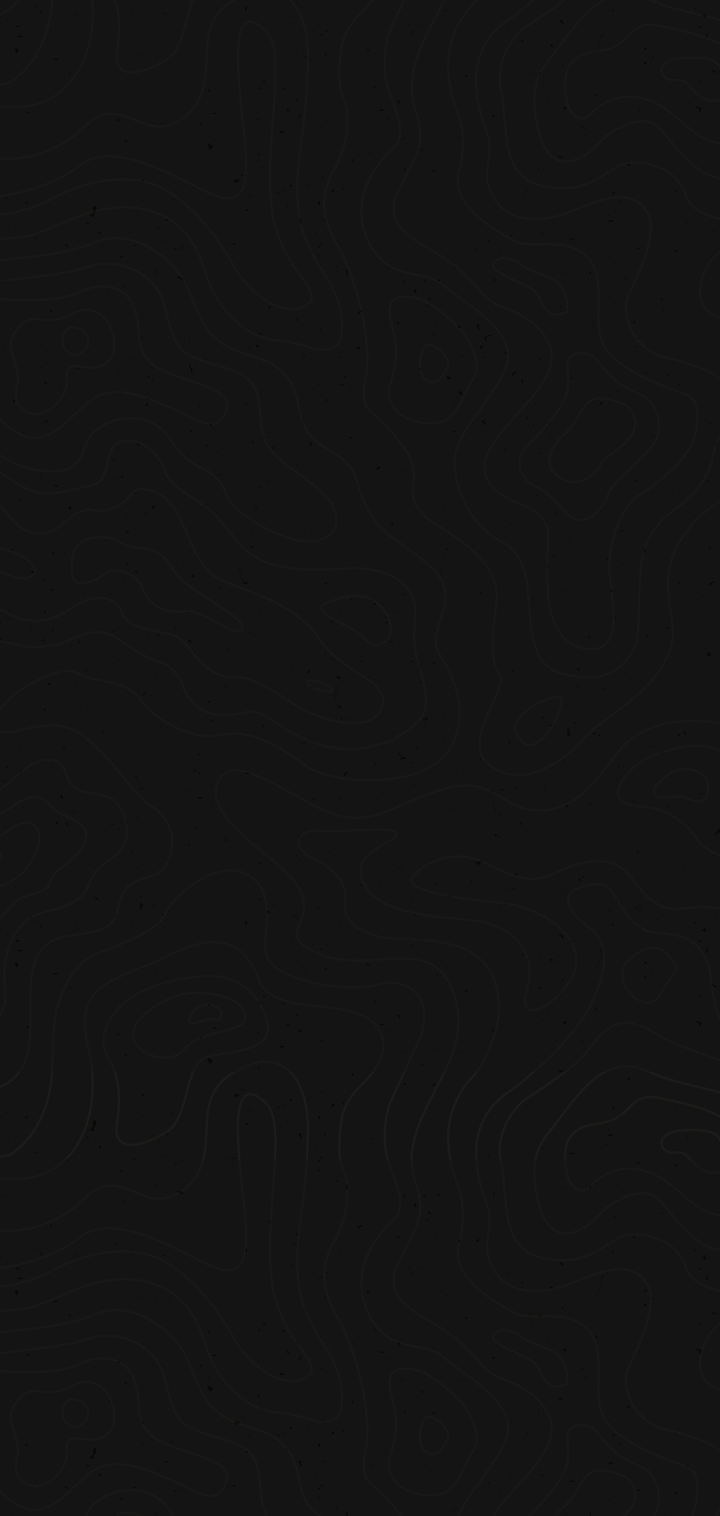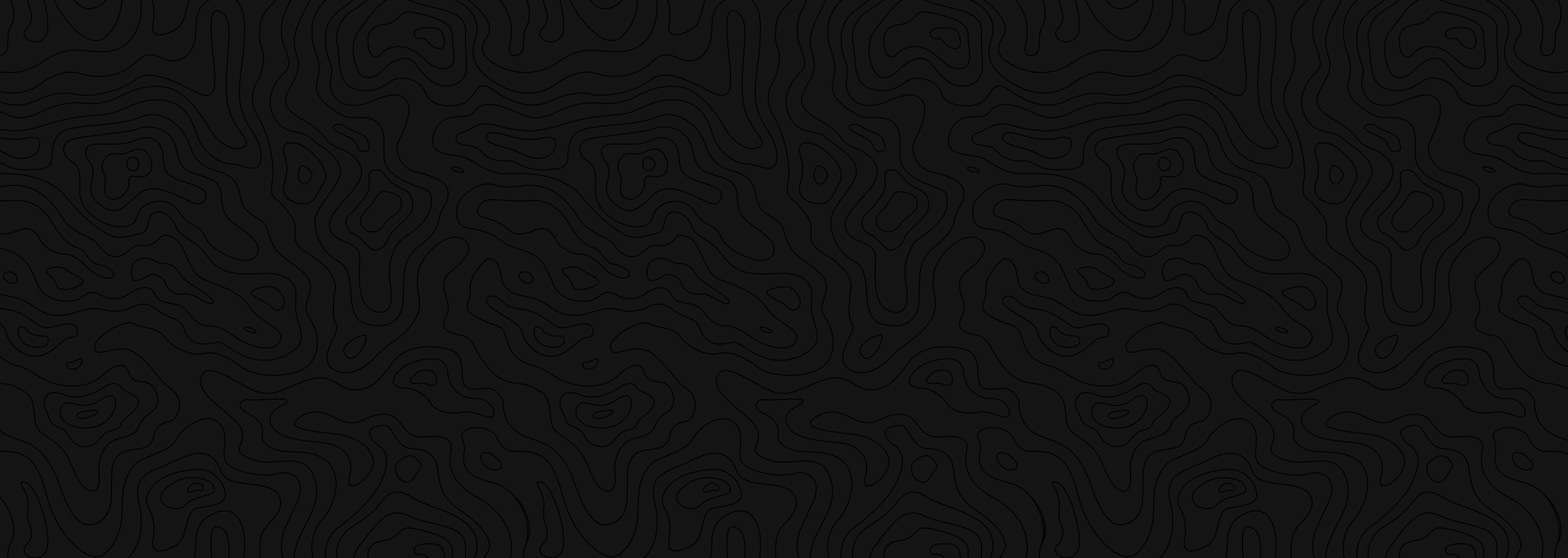tsumugi
Tsumugi and Other Beautiful Japanese Fabrics!

Anna Ayvazyan
Posted on January 27, 2025
Share:

When visiting Japan, one thing that might catch your eye is the beautiful textiles used to create kimono, obi (sashes), and other traditional crafts. From the textured charm of tsumugi silk to intricate patterns, each fabric tells a unique story of Japanese history and culture. Today, we will introduce four different fabrics you may come across!
When was Japanese fabric first produced?
Japanese fabric production flourished during the Yamato Period (250–710 CE) when weaving and dyeing techniques advanced significantly. The monarchy sought fine fabrics to display their status, inviting skilled artisans from China and Korea. These experts introduced new methods, elevating the quality and diversity of Japanese textiles.

Silk became highly valued during this era. Initially imported, it was reserved for the nobility, while most people wore clothes made from hemp. The introduction of Buddhism further increased demand for textiles, as they were used for religious purposes like temple decorations. In the 16th century, Japanese farmers began growing cotton after learning techniques from China.
Cotton, being softer and more comfortable than hemp, quickly replaced it and became widely available, making better fabrics accessible to everyone. Although fabric-making started earlier, the advancements during the Yamato period and the introduction of cotton shaped Japan’s textile traditions, laying the foundation for its renowned fabric culture.
Tsumugi Silk
Tsumugi silk is a unique Japanese fabric made from spun silk threads. Unlike the smooth, glossy finish of reeled silk, tsumugi has a distinctively textured surface. It is crafted by hand-spinning silk from damaged or broken cocoons, which cannot produce long threads. Originally, tsumugi silk was used to create striped or kasuri patterns, but modern artisans now experiment with bright, colorful dyes and gradients to create innovative designs.
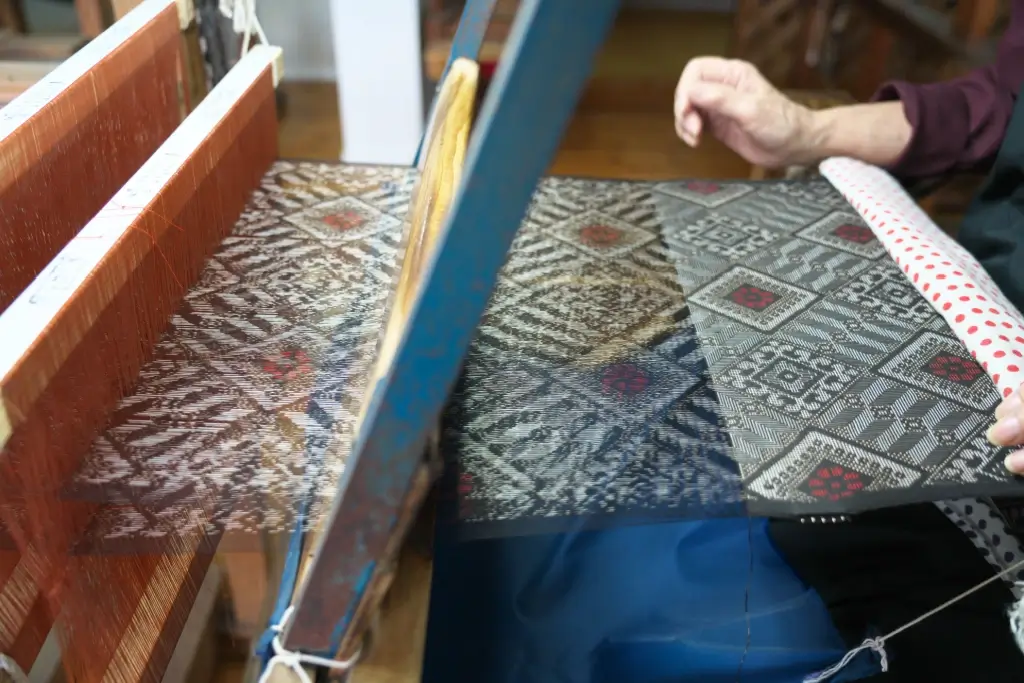
Known for its lightweight yet lasting qualities, tsumugi silk is ideal for casual kimono and obi. Historically, it was popular among commoners because it was made from silk waste, making it more affordable than reeled silk. Over time, its detailed craftsmanship and distinctive texture made it a highly valued material. Today, tsumugi silk stands out as a luxurious yet simple fabric, symbolizing Japan’s deep-rooted textile heritage and the creativity of its artisans.
Nishijin Brocade
Nishijin brocade, or Nishijin-ori, is a traditional Japanese fabric from the Nishijin district in Kyoto. It has been made since the Kofun Period (250-538 CE) and is known for its beautiful, intricate designs and luxurious materials. However, it only received its name Nishijin-ori during the 15th century after a major civil war, the Onin War (1467-1477).
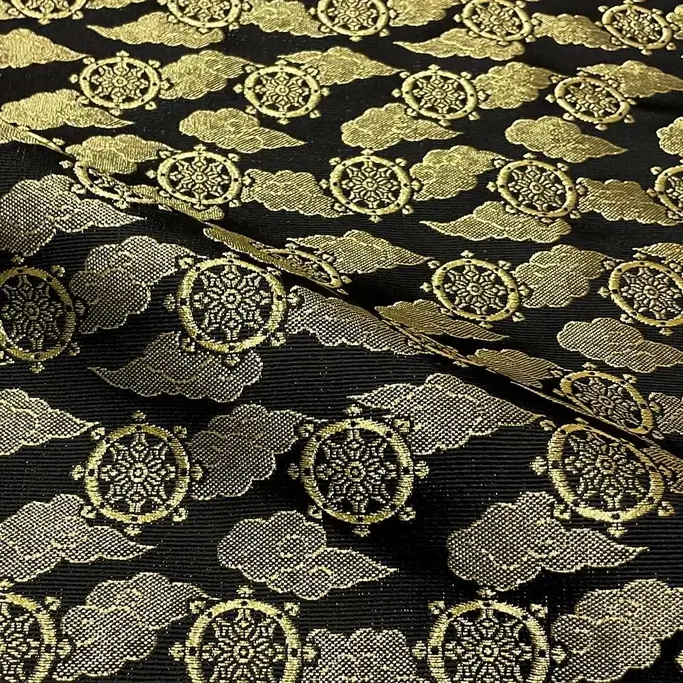
The fabric is woven using colorful silk threads, often mixed with gold or silver foil to create elaborate patterns. Artisans use tsuzure (tapestry weaving) and nukinishiki (brocade weaving) to bring designs to life. In the past, Nishijin brocade was used to make garments for the imperial court, samurai, and religious purposes.
Are you looking for great snacks and traditional accessories? Check out Sakuraco! Sakuraco delivers traditional Japanese snacks, teas, and sweets from local Japanese makers directly to your door so you can enjoy the latest treats directly from Japan!
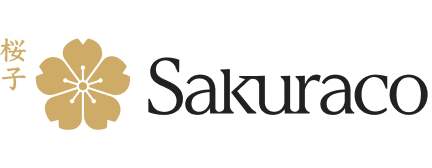
Miyako Jofu
Miyako Jofu is a traditional textile made on Miyako Island in Okinawa. Known for its lightweight feel and beautiful kasuri patterns, this fabric has been crafted since the 15th century. It is considered one of the three high-quality cloths in Japan, next to the Echigo Jofu and Ojiya Chijimi. Artisans hand-spin threads from the ramie plant and use a resist-dyeing technique to create intricate designs.
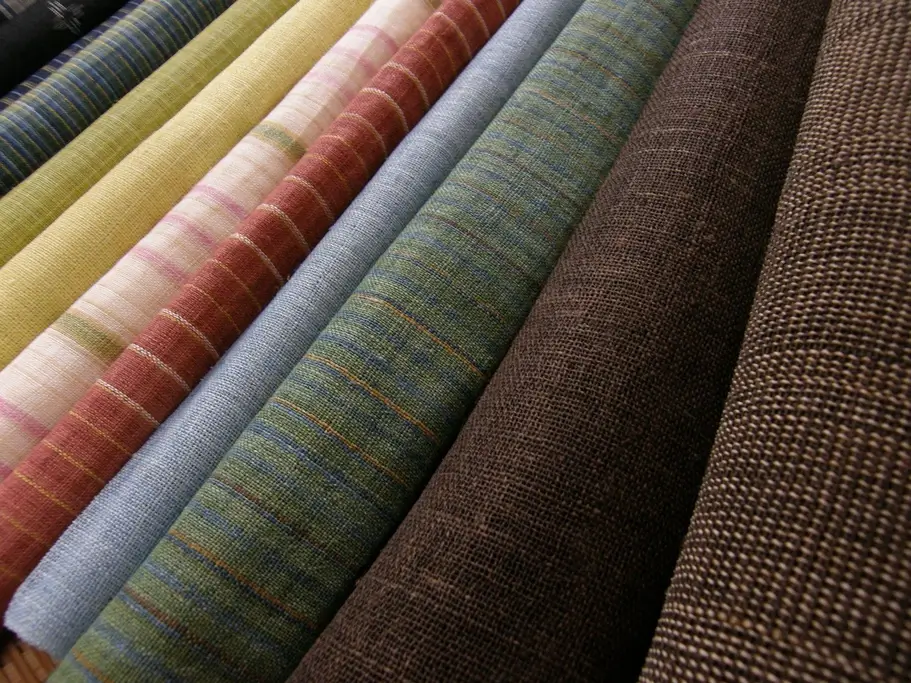
Next, they weave the fabric by hand, which can take months or years for just one cloth roll. During the Ryukyu Kingdom era (1429-1879), its exceptional quality made it so valuable that it was even accepted as a way to pay taxes. Today, it is celebrated as an Important Intangible Cultural Property of Japan. The fabric is often used to make kimono, especially for summer. Its light and breathable qualities make it perfect for staying comfortable in humid weather.
Uetsu Tilia Bark Cloth
Uetsu Shinafu, or Uetsu Tilia Bark Cloth, is a traditional Japanese fabric crafted from the inner bark fibers of the Japanese linden tree. It comes from Yamagata and Niigata Prefectures and is the oldest fabric in Japan woven using tree bark fibers. This ancient craft dates back to the Jomon and Yayoi periods and is recognized as one of Japan’s three ancient fabrics. Creating Uetsu Shinafu involves a detailed, labor-intensive process with over 20 steps.
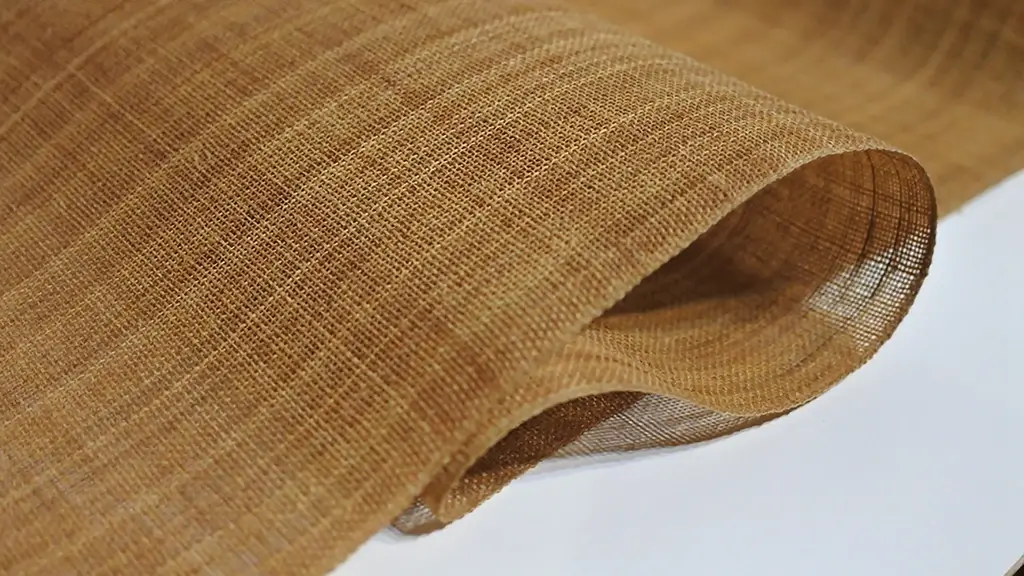
Artisans harvest linden trees during the rainy season and prepare the fibers between summer and autumn. In winter, they spin the fibers into threads and weave the fabric by hand in spring. Historically, people used Uetsu Shinafu for clothing, fishing nets, and bags. During the Meiji era (1868-1912), its use declined as cotton became more popular. Recently, renewed interest has brought the fabric back into use for items like obi (kimono sashes), bags, and hats.
Why should I try Japanese fabrics like tsumugi?
Japanese fabrics like tsumugi offer a unique blend of beauty, craftsmanship, and cultural history that sets them apart from modern textiles. Each piece reflects centuries of tradition, from the hand-spun threads of tsumugi silk to the complicated weaving techniques of Uetsu Shinafu. These fabrics are visually stunning but also practical, lightweight, and perfect for everyday use or special occasions.
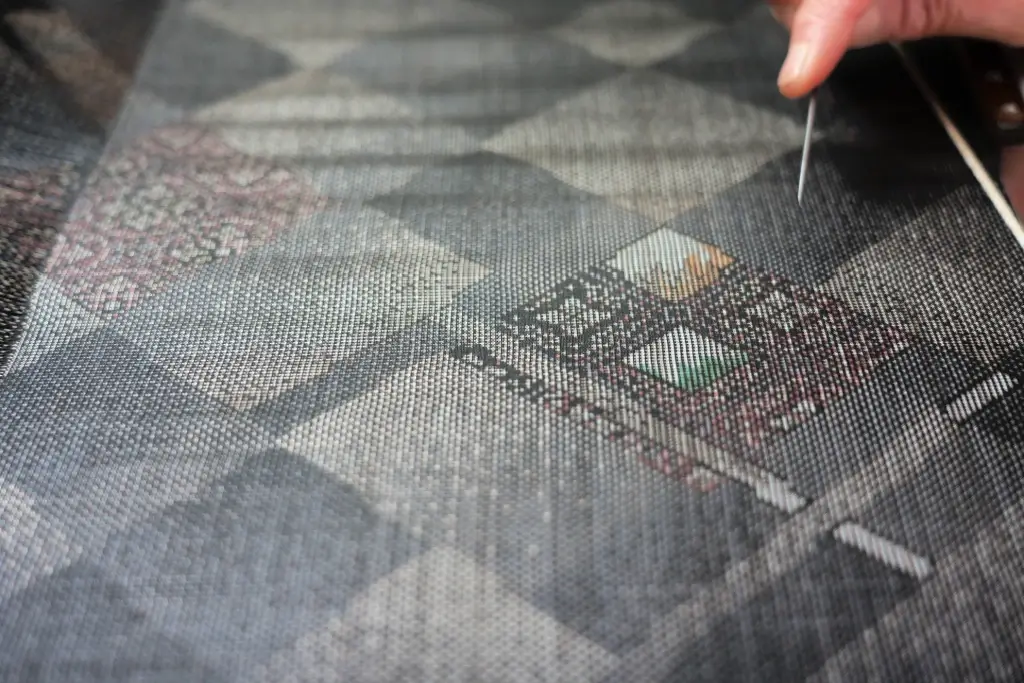
By choosing Japanese fabrics, you support artisans dedicated to preserving traditional methods while enjoying a piece of Japan’s rich textile heritage. Whether for clothing, accessories, or home décor, these timeless fabrics bring artistry and history into your life. Which fabric are you most interested in and why? Let us know in the comments below!

Discover authentic flavors with Sakuraco
Get Sakuraco 

Discover authentic flavors with Sakuraco
Get Sakuraco 
Related Articles

Toshigami and the New Year: How Shinto Welcomes a Sacred Visitor
In the Shinto tradition, Toshigami is the deity who arrives at the end of every year and remains through the New Year to bring blessings, a bountiful harvest, and good fortune. People in Japan honor Toshigami at the turn of the year with rituals, decorations, and special foods.
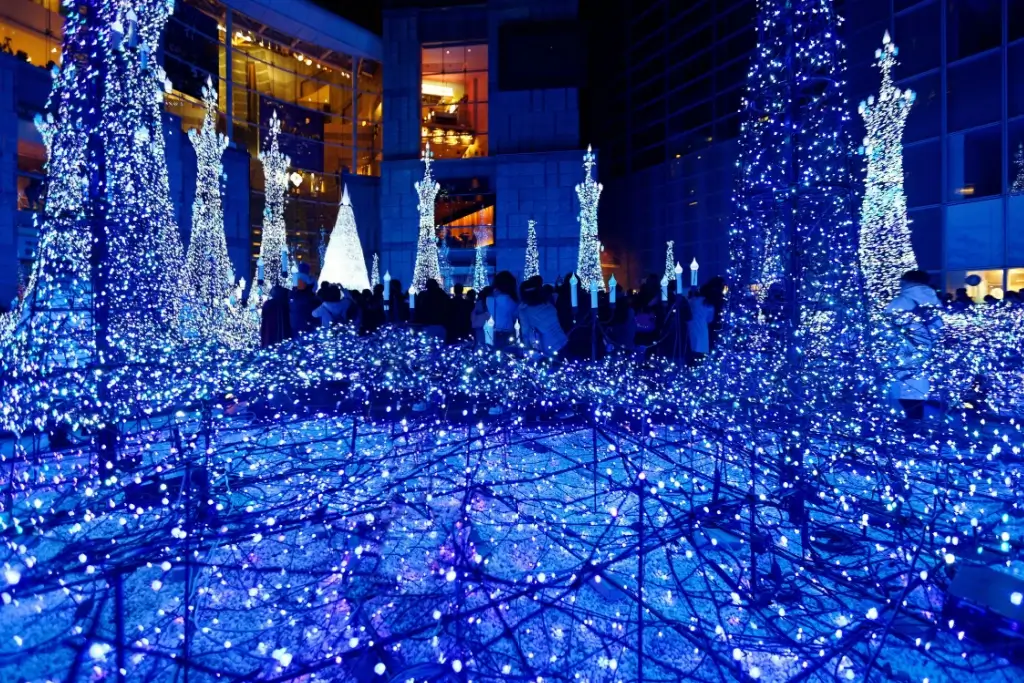
Japan in Winter: Why Are Illuminations Important?
Winter illuminations have become a tradition in Japan at the start of every Christmas season. Their sparkling brilliance chases away the cold of Japan in winter and encourages people to enjoy festive year-end activities. Let’s explore the origins and the amazing spots of winter illuminations in this beautiful country!

Behind the Camera with Rachel and Jun: Stories from Everyday Life in Japan
We had a lovely chat with Rachel and Jun about their story, from their early beginnings to how their videos continue to inspire people around the world. We’ve gathered and crafted their reflections into this special feature, so you can experience their story in a way that feels just like their videos: warm, genuine, and…
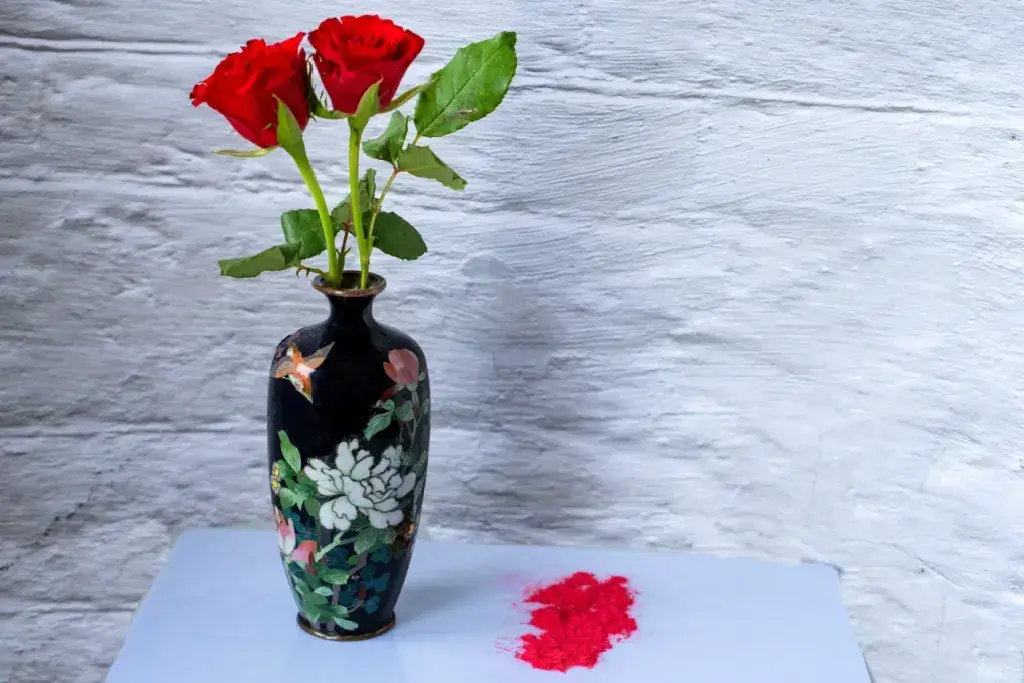
Japanese Ceramics: The Alluring Wares of Shippo Yaki
Imagine holding a small dish that glows as if sunlight is trapped inside it. This perfect example of Japanese ceramics resembles glass, with its colors deep and luminous, outlined with threads of silver. That’s the magic of shippo yaki.

